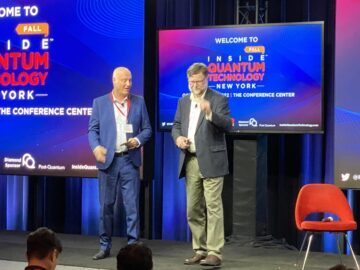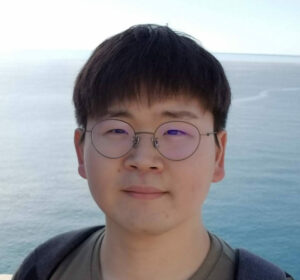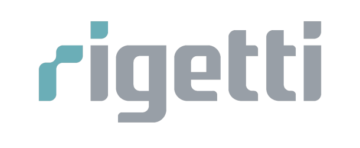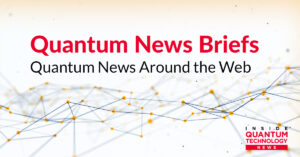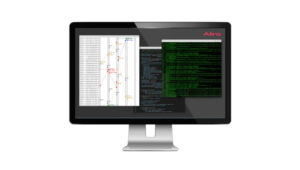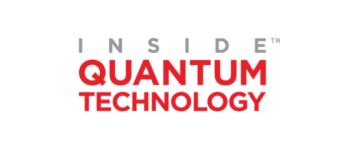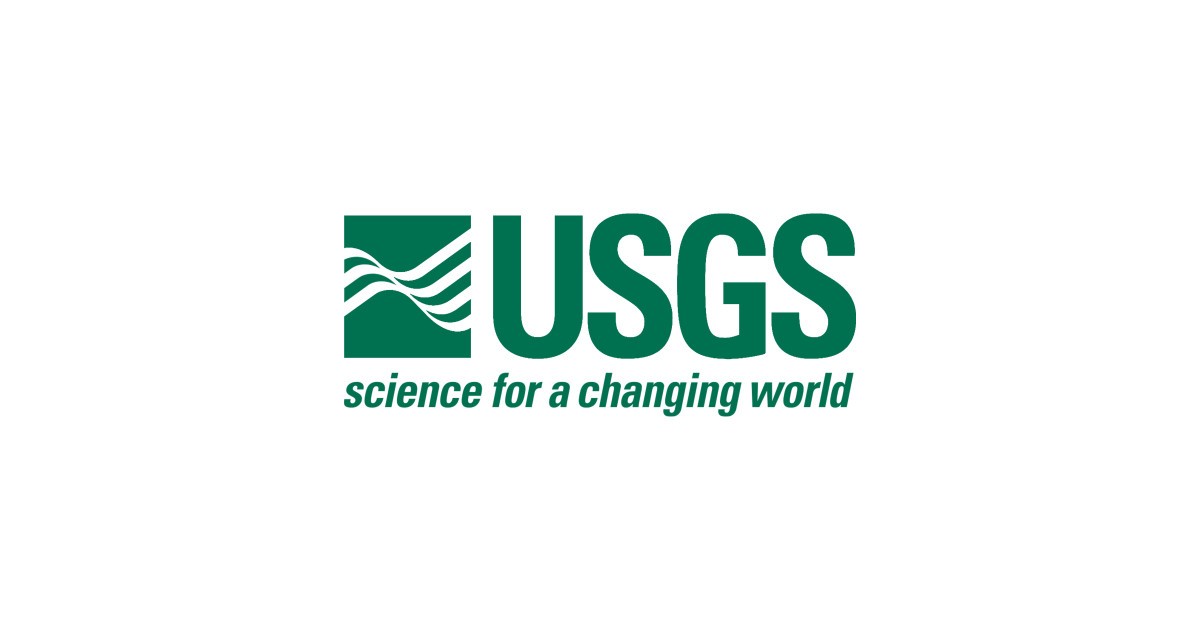
In a significant collaboration for the field of geophysics, Q-CTRL, a renowned quantum technology company, has partnered with the United States Geological Survey (USGS) to explore and develop quantum computing and sensing applications relevant to geological sciences. This partnership, announced on January 16, 2024, in Los Angeles, signifies a pioneering step in applying quantum technologies to critical geophysics and environmental sensing challenges.
The USGS, a scientific agency focused on researching Earth systems, aims to provide scientific data to aid in understanding the Earth, preparing for natural disasters, and managing the nation’s natural resources. The collaboration formalized through a Cooperative Research and Development Agreement (CRADA), is expected to usher in a new era of leveraging quantum technologies for environmental science and geophysics.
Q-CTRL specializes in quantum control engineering, crucial for creating practical quantum technologies. These technologies include quantum computers capable of solving complex problems in logistics and data analysis problems and deploying quantum sensors to gain new insights. Q-CTRL’s unique technology addresses challenges in quantum computing and quantum sensing, enabling new applications that align with the missions of USGS.
Michael J. Biercuk, CEO and Founder of Q-CTRL, expressed enthusiasm about delivering next-generation quantum technologies to an essential agency like the USGS. “The missions
undertaken by USGS are critical to our economy and the resilience of our society now and in
the future. We are thrilled to be delivering transformational new capabilities with this
important partner and truly pushing the limits of human capabilities,” he stated in a recent press release.
The collaboration aims to develop practical applications for various national and global challenges, including water resource management, monitoring polar ice sheets, natural hazard preparedness, and the discovery and utilization of energy and mineral resources. The partnership will leverage advanced quantum techniques such as quantum gravimetry and quantum magnetometry to achieve groundbreaking insights and solve previously intractable problems. This includes earlier hazard detection, new methods for subsurface monitoring, and cost reduction in resource production, all of which are of great economic and strategic value, especially in a changing climate.
In pursuit of these goals, Q-CTRL and USGS will conduct workshops and field investigations to maximize the potential of quantum technologies. “Quantum scientists have long identified the opportunity for ultrastable quantum sensors to deliver new solutions for geophysics, resources, climate, and earth observation, Biercuk told Inside Quantum Technology. “By combining Q-CTRL’s experience in delivering software-ruggedized quantum sensing solutions in the field with the deep expertise and engagement of USGS scientists, we’re excited about turning the art-of-the-possible in quantum tech into practical solutions.”
Both Q-CTRL and USGS are committed to ethical principles and responsible innovation. They maintain a focus on scientific integrity and the global community’s benefit as they progress in their partnership.
Kenna Hughes-Castleberry is the Managing Editor at Inside Quantum Technology and the Science Communicator at JILA (a partnership between the University of Colorado Boulder and NIST). Her writing beats include deep tech, quantum computing, and AI. Her work has been featured in Scientific American, Discover Magazine, New Scientist, Ars Technica, and more.
- SEO Powered Content & PR Distribution. Get Amplified Today.
- PlatoData.Network Vertical Generative Ai. Empower Yourself. Access Here.
- PlatoAiStream. Web3 Intelligence. Knowledge Amplified. Access Here.
- PlatoESG. Carbon, CleanTech, Energy, Environment, Solar, Waste Management. Access Here.
- PlatoHealth. Biotech and Clinical Trials Intelligence. Access Here.
- Source: https://www.insidequantumtechnology.com/news-archive/q-ctrl-partners-with-usgs-to-pioneer-quantum-sensing-and-computing-applications/
- :has
- :is
- 16
- 2024
- a
- About
- Achieve
- addresses
- advance
- advanced
- agency
- Agreement
- AI
- Aid
- aims
- align
- All
- American
- an
- analysis
- and
- Angeles
- announced
- applications
- Applying
- ARE
- AS
- At
- BE
- been
- benefit
- between
- by
- capabilities
- capable
- ceo
- CEO and Founder
- challenges
- change
- Climate
- Climate change
- collaboration
- Colorado
- combining
- committed
- company
- complex
- computers
- computing
- Conduct
- control
- cooperative
- Cost
- cost reduction
- Creating
- critical
- crucial
- data
- data analysis
- deep
- deep expertise
- deep tech
- deliver
- delivering
- deploying
- Detection
- develop
- Development
- disaster
- discover
- discovery
- Earlier
- earth
- Economic
- economy
- editor
- enabling
- energy
- engagement
- Engineering
- enthusiasm
- environmental
- Era
- especially
- essential
- Ether (ETH)
- ethical
- excited
- expected
- experience
- expertise
- explore
- expressed
- featured
- field
- Focus
- focused
- For
- founder
- further
- future
- Gain
- Global
- Goals
- great
- groundbreaking
- Have
- he
- her
- High
- hoping
- HTML
- HTTPS
- human
- ICE
- identified
- image
- improve
- in
- include
- includes
- Including
- Innovation
- inside
- Inside Quantum Technology
- insights
- integrity
- into
- Investigations
- Jan
- January
- jpg
- Leverage
- leveraging
- like
- limits
- logistics
- Long
- los
- Los Angeles
- magazine
- maintain
- management
- managing
- max-width
- Maximize
- methods
- mineral
- missions
- mitigation
- monitoring
- more
- National
- Nations
- Natural
- New
- new solutions
- next-generation
- nist
- now
- observation
- of
- on
- Opportunity
- our
- partner
- partnered
- partners
- Partnership
- pioneer
- Pioneering
- plato
- Plato Data Intelligence
- PlatoData
- polar
- posted
- potential
- Practical
- Practical Applications
- preparing
- press
- Press Release
- previously
- principles
- problems
- Production
- Progress
- provide
- pursuit
- Pushing
- Q-CTRL
- Quantum
- quantum computers
- quantum computing
- Quantum sensors
- quantum tech
- quantum technology
- recent
- reduction
- release
- relevant
- Renowned
- research
- research and development
- resilience
- resource
- Resources
- responsible
- Science
- SCIENCES
- scientific
- Scientist
- scientists
- sensors
- significant
- signifies
- Society
- Solutions
- SOLVE
- Solving
- specializes
- stated
- States
- Step
- Strategic
- such
- sydney
- Systems
- tech
- techniques
- Technologies
- Technology
- that
- The
- their
- These
- they
- this
- thrilled
- Through
- to
- transformational
- true
- truly
- Turning
- understand
- understanding
- unique
- university
- usher
- value
- various
- Water
- we
- which
- will
- with
- Work
- Workshops
- writing
- zephyrnet


